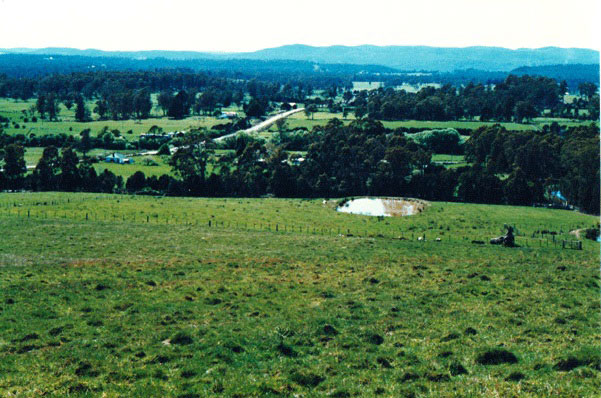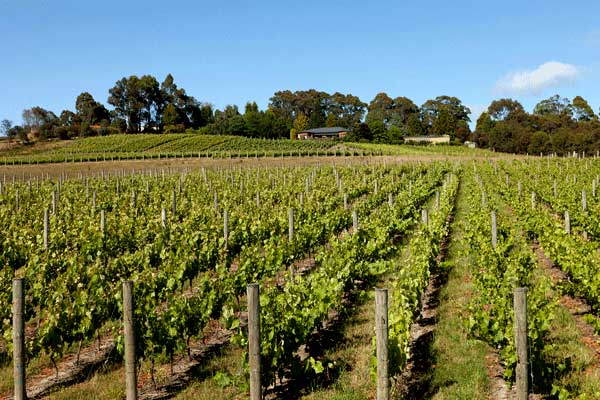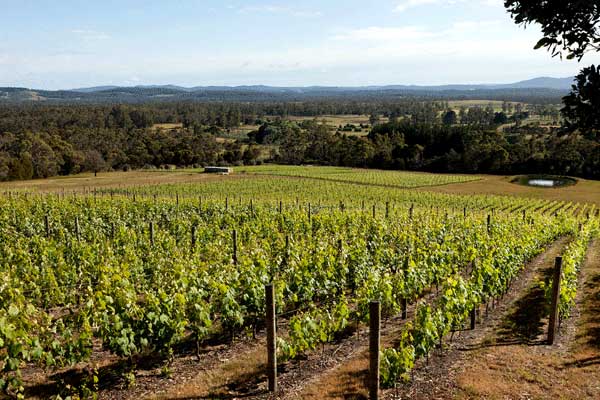
What drives me after 33 years in the wine world?
It took a certain coincidence recently to jolt me into considering the question ‘why do I do what I do?’
In recent weeks I had been reading Hugh Johnson’s book ‘on Wine’ (good bits from 55 years of scribbling). I was also watching on ABC television, the series ‘Secrets of your food’ by Dr. Michael Mosley and finally I watched a TED talk on the net by Simon Sinek ‘How great leaders inspire action’ and suddenly ‘the penny dropped’ and I could see method in my madness.
My wife Rita, of Italian descent, had introduced me to wine at University and I quickly became enthused, planning holidays to some wine regions to explore the Australian wine landscape. After graduating in our degrees, we moved to the south coast of England for 3 years, doing wine courses and travelling as much as possible to explore the wine regions of Europe. I was hooked!
I had been reading the English wine writer Hugh Johnson’s books, using them as a travel guide, and I was enthralled by his T.V series ‘The Story of Wine’ which drew together history, geography and wine culture.
Tasting Australian wine against ‘Old world’ counterparts gave me a feeling of incompleteness as if the Australian wines were unfinished. Yes they had crystal clear varietal definition, but (in my opinion!) lacked complexity and intrigue, ‘all’ of the wine there on show.
European wine in contrast seemed often to be a meal in themselves, bursting with savoury aromas and flavours, meaty, nutty, cheesy, farm and forest characters that overlaid the primary fruit but gave so much satisfaction.
With my head full of ideas and inspiration we returned to Australia so I could learn as much as possible about viticulture and winemaking at Roseworthy Agricultural College. I believed that great wine could be made in Australia using the guide posts freely available in the ‘Old World’, setting out climate, site, soil and aspect, viticultural practice and winemaking formulae.
My studies went a long way towards helping me understand the science behind the new practices evolving in the vineyards and wineries at the time but I had an uneasy feeling that so many practices in the vineyard and winery were to do with increasing yield, eliminating perceived wine faults and vintage variability, to maximize production of fresh and fruity wine judged against simple templates demanded by the wine show circuit.
We moved to Tasmania and bought land on the strength of a tasting of a nearby vineyard’s Pinot Noir and Cabernet out of barrel.
Choosing poor soil, marginal climate, no irrigation, high density plant spacing making mechanisation difficult (and mostly impossible) and then planting untried varieties, I felt I was abandoning the well- worn path and ignoring the dogma of the time.
So going back to the 3 things that sparked this journey of reappraisal, how do they fit together?
No one writes on the subject of wine with more authority but at the same time humble inquisition, as Hugh Johnson. Avoiding technical jargon, he delivers the most beautiful prose that wine deserves and his prolific commentary on wine leads me to give him full blame for placing me where I find myself today. Reading his work, I am awed by his depth of thought applied to both the great wines and the more obscure. I felt an irresistible desire to be part of the wine world which he captured with his words. I continue to feel the responsibility that he has demanded over the years, to be authentic, not ‘all things to all men’.
Dr. Michael Mosley’s series ‘Secrets of your food’ has certainly updated the interaction between wine (food), our senses and our brain. We have come a long way since the 1980’s, with the discovery of a fifth taste receptor for ‘Umami’(think proteins and amino acids of meat and cheese) on the tongue, 20+ channels of bitter receptors and over 3000 (and counting) aroma receptors in our nose which can influence our taste perception. Add to this, our ability now to track pathways of neural activity linking areas of recognition, pleasure, memory and emotion all influencing conscious thought and then behaviour.
I am now more able to understand the profound impact of European wine on my younger self. Some of the magic spell can now be explained by examining the complex chemistry of wine at play and the equally complex systems in our senses and brain that respond to their stimuli.
A winemaker must fully appreciate the biological stamp that fermentation imparts, changing the blandness of juice to the potentially sublime heights of great wine. Is it chemistry, biochemistry or alchemy?
Finally to the TED talk by Simon Sinek that prompted my thought process. He talks about the 3 layers or rings that describe a company, organisation or movement- what you do, how you do it and at the heart, why you do it. He then compares this to the layered assembly of our brain. The most important part at the centre is why you do whatever you have set yourself, the unconscious driver of your behaviour.
I have felt driven to explore what can be derived from my chosen site here in Tasmania using the many soil types we have available, grape varieties and blends, and the application of simple winemaking techniques allowing wild ferments, relying on indigenous yeast and bacteria to work on the juice in a naturally cascading progression, then allowing time on lees, in barrel, to extract the full flavour and aroma profile to deliver the most authentic and remarkable wine possible. We then hold back the release of the new wines until they have opened up to reveal their potential.
I was educated in the fields of science but I now realise that I am, in a way, an artist. We don’t ’produce’ a wine like some assembled mechanical product. We ‘create’ a wine at all stages, from the grapes on the vine to the wine in the glass, guiding a series of natural processes. Eventually, the wine is presented to the world of wine lovers and I hold my breath…, will they love, hate or ignore what we have created?
My spirits rise when wine writers wax lyrically about our wine, or wine buyers list our wine at the best restaurants but I am equally sensitive when I fail to make an impact. With any piece of artwork, you put a part of yourself up for judgement, when you take the risk of putting on an exhibition. Each time wondering, why do I do this?
So now to the question, ‘why do I do what I do?’, and the answer is, I believed, and still do, that I can make wine as great as the greatest wines of the ‘Old World’. I am not intimidated by the prestige and aura of the great wines of Europe, but I respect their historical development over time and I am grateful for their direction. I’ve had 33 happy years working towards that end and look forward to many more!



